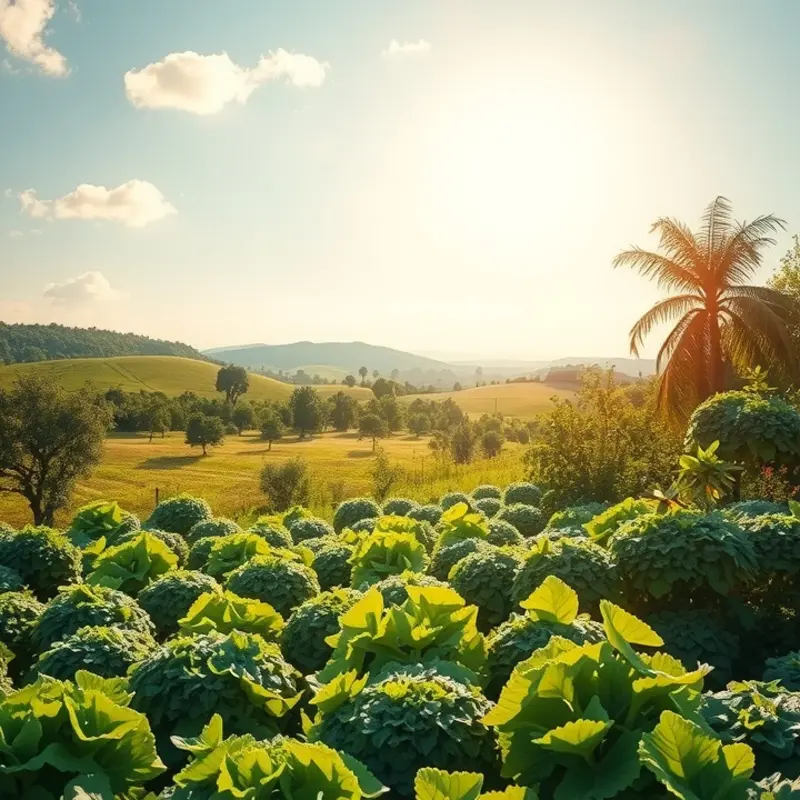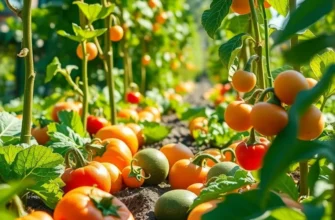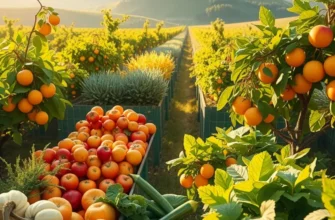Fasting has deep cultural and spiritual significance across many traditions, influencing culinary practices and creating unique dishes. From meat-free feasts during Lent to savory delights during Ramadan, global fasting dishes reflect local ingredients, historical roots, and innovative culinary techniques. Through this exploration, we delve into the rich tapestry of fasting foods that not only nourish the body during periods of abstinence but also represent community, faith, and heritage.
The Essence of Abstinence: Ramadan’s Culinary Richness

The holy month of Ramadan is a time of spiritual reflection and community for Muslims around the world. As fasting from dawn till sunset is a central tenet, the meal that breaks the fast—known as Iftar—holds profound significance.
Amidst the tranquility of sunset, the modest date emerges as the first bite of the evening. In Islamic tradition, dates hold a revered status, mirroring the Prophet Muhammad’s practice of breaking his fast with this humble fruit. This age-old ritual underscores a blend of history, health, and faith, highlighting dates not only for their sweetness but also for their nutritional benefits—a quick energy boost to the fasting body.
The Iftar table then blossoms with a vibrant array of dishes like samosas, enriching the occasion with touchstones of cultural fusion. Samosas, with their crispy golden shells and savory interiors, illustrate the adaptability of Ramadan dishes across cultures. Their fillings, varying from spiced potatoes to minced meats, reveal the creativity and diversity among Muslim communities globally.
Refreshment comes in the form of soothing soups, such as lentil-based harira in Morocco or chorba in Algeria. These comforting broths, often seasoned with herbs and spices, serve as warming preludes to the evening feast. Each spoonful is a testament to tradition, representing flavors meticulously passed down through generations.
As communal feasting continues, dishes like biryani and kebabs make their grand entry. These hearty plates are communal staples, symbolizing generosity and connection. The spices in a biryani, or the charred perfection of a kebab, evoke familial aromas that transcend beyond mere sustenance. They embody warmth, rooted in the practices of shared preparation and eating, binding families and communities after a day’s fast.
Nordic regions might adapt these dishes with local ingredients, while Southeast Asian Muslims incorporate indigenous spices, showing a breathtaking mosaic of culinary adaptation. The fusion of flavors speaks to the universal themes of endurance and unity during Ramadan, transcending geographical boundaries.
It is crucial to remember the aspect of mindful consumption during the holy month, which can be navigated with mindful eating practices. Ramadan is not only a feast for the stomach but also for the soul. Within the array of Iftar delicacies lies an essence of shared spirituality and creativity. This delicately crafted balance fosters an environment where the palate is simultaneously ignited and calmed, providing a reflective pause from daily life’s chaos.
Ultimately, the culinary traditions of Ramadan foster a profound connection between individuals and their faith, grounded in hospitality and community celebration. This sacred month elevates everyday dishes to the revered realm, creating a tapestry of flavors and practices powerful enough to transcend one’s plate and nourish one’s spirit.
From Lent to Navratri: Fasting Traditions of the World

Fasting is a rich tapestry of spiritual and culinary practices found across the globe. It serves as a bridge connecting people to their traditions, families, and communities. During fasting periods such as Lent and Navratri, food becomes a focal point of cultural identity and religious expression. In Italy, Lent, which commemorates Jesus Christ’s 40 days of fasting, ushers in a myriad of modest meals, each representing spiritual contemplation. One such dish is a warm potato soup, known as zuppa di patate. This comforting blend of potatoes, onions, and herbs showcases how simple ingredients can be elevated to nourish both body and soul. The meal is an embodiment of Italian resourcefulness and a strong communal spirit.
India’s Navratri festival exemplifies the profound spiritual essence of fasting through diverse culinary art. Observed twice a year, Navratri honors goddess Durga with nine days of devotion, rituals, and selective diet. Spicy sabudana khichdi is a cherished dish during this period, made from sago pearls, potatoes, and peanuts, infused with fresh spices and lemon. The dish is a vibrant expression of Indian flavors, celebrated for its ease of preparation and the varied textures it offers. It transcends mere sustenance, symbolizing purity and renewal, pivotal themes of the festival.
In Spain, the practice of fasting during religious events often leads to the preparation of simple yet delicious meals. A typical dish is gazpacho, a refreshingly cool tomato-based soup that highlights Andalusia’s culinary prowess. Composed of ripe tomatoes, bell peppers, cucumbers, and olive oil, this dish is not only a nutrient-rich delight but also a testament to the region’s innovative approach to fasting cuisine. Shared among family and friends, it transforms fasting into a community celebration of flavor and togetherness.
These traditions are more than dietary restrictions; they’re spiritual journeys enhancing mindfulness and connection, akin to the principles discussed in mindful eating practices. Each culture’s fasting cuisine reflects creativity and resilience, as people find joy and meaning in what might otherwise seem restrictive. Such deep-rooted customs bring communities together, encouraging reflective solitude while fostering camaraderie through shared rituals.
Whether during Lent, Navratri, or other global fasting traditions, these culinary practices celebrate the transformative power of food. By embracing simplicity and humility, they offer windows into different cultures and spiritual landscapes. As these unique dishes are prepared and served, they remind us of the strength found in unity and shared faith, demonstrating that the simplicity of fasting can lead to profoundly nourishing experiences, both spiritually and gastronomically.
Final words
Exploring fasting dishes around the globe reveals much more than mere food; it showcases the rich tapestry of cultural traditions, beliefs, and values tied to this practice. Each dish tells a story of community, love, and respect for heritage, transforming periods of abstinence into rich culinary experiences. Whether it’s the sweet dates at sunset during Ramadan or the savory dishes served during Lent or Navratri, these foods bring people together, celebrating the essence of life and sustenance. Embracing these traditions not only deepens our understanding of world cultures but also allows us to explore new flavors and textures that enrich our palates. As we celebrate these culinary legacies, we nurture not just our bodies but our connections with one another.








